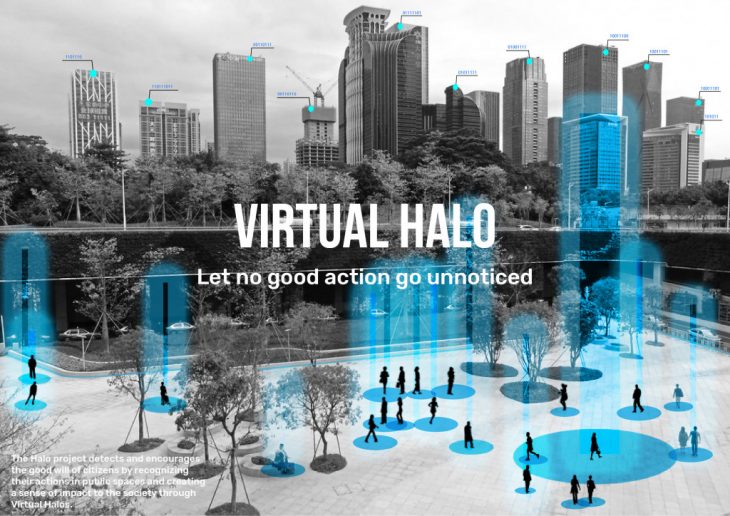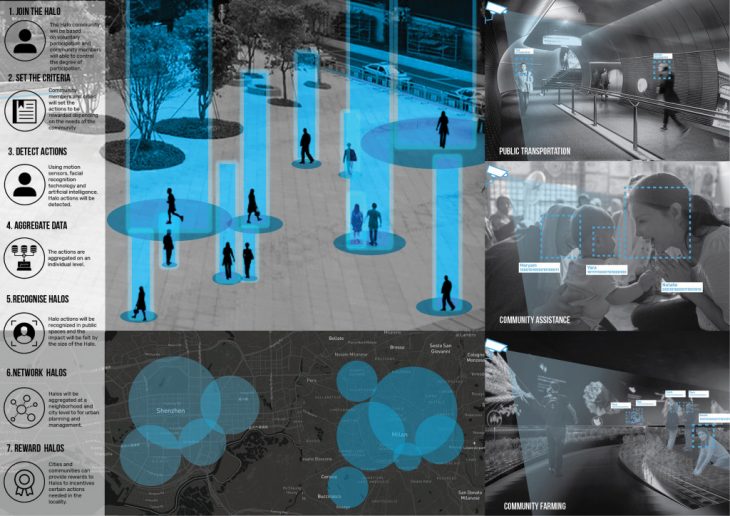Our current society has too much emphasis on punishment. As a result, the small good will of many people gets unnoticed or unrecognized. Even worse, good citizens are punished for the offense of the few. For example, airport security that gets tightened and causes inconvenience to the larger mass of people due to terrorism attempt of a handful of people.We see this in government bureaucracy, immigration etc. In addition, when it comes to rewards, our society only recognizes handful of people, when in fact, great achievements are usually realized through collective efforts of many people. This is where technologies like Facial Recognition which are well on their way to becoming the new normal can actually reinforce a positive impact on the city rather than leaving the citizens on edge because of the constant surveillance.

Using facial recognition technology combined with artificial intelligence the punishment based society can be transformed into a reward based society. Just as the private sector company gives incentives and reward good performing employees, the city will be able to recognize good action of citizens and reward them. This is with the belief that small actions of the mass collectively can make a positive impact to the society.

The process of how this can be achieved can be outlines in a few steps:
1.Join the Halo community-The Halo community will be based on voluntary participation and community members will able to control the degree of participation. Citizens’ right to privacy will be protected by encrypting identities.
2.Set the Halo criteria-Community members and cities will set the actions to be rewarded depending on the needs of the community. The criteria will be location specific and dynamically change over time.Examples of such actions include community assistance , use of public transportation rather than private, use of recycling units etc.
3.Detect the Halo actions-Using motion sensors, facial recognition technology and artificial intelligence, Halo actions will be detected.
4.Aggregate data at an individual level-The data on the positive actions of individuals are aggregated.
5.Recognize Halos in public spaces-Halo actions will be recognized in public spaces and the impact will be felt by the size of the Halo.
6.Network Halos-Halos will be aggregated at a neighborhood and city level to for urban planning and management.
7.Reward Halos-Cities and communities can provide rewards to Halos to incentives certain actions needed in the locality.
To conclude, this process outlined for a neighborhood can be implemented at larger scales like cities or regions whose halos would represent the collective good of its citizens.
Virtual Halo is a project of Eye of the City of IaaC, Institute for Advanced Architecture of Catalonia
developed at Master in City & Technology in (2018/2019) by:
Students: Luna Nagatomo, Mahsa Nikoufar, Raeshma Janardhanan Nair
Faculty: Carlo Ratti, Federico Riches, Alberto Benetti